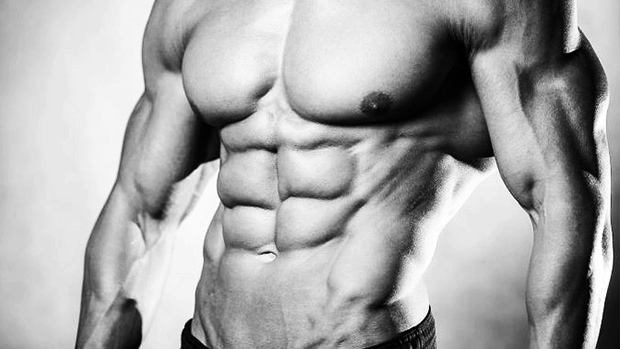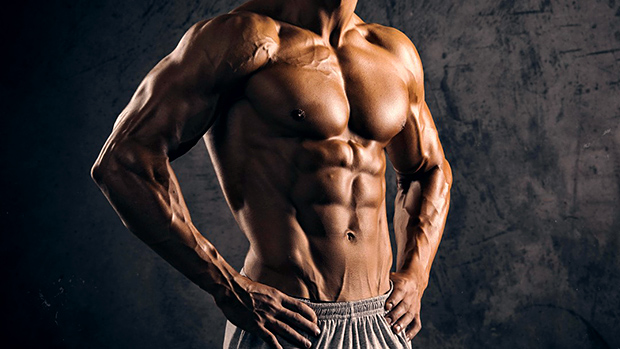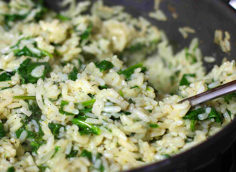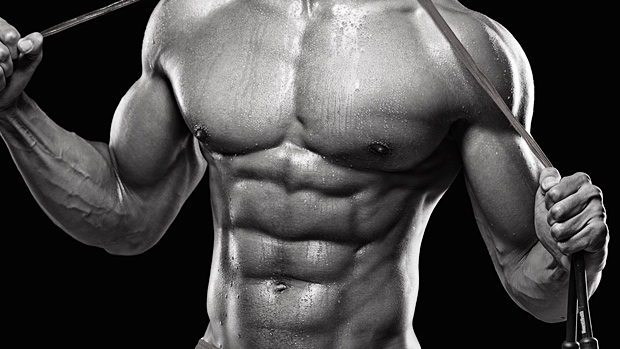An article by an unnamed author on a site named Ergo-Pharm recently listed nine fat loss tips. Most of them were well known, but a few of them were a little unusual, or at least incorporated an unusual twist. As such, I felt compelled to appropriate (polite word for steal) the gist of a few of them, but wrote original text to make them my own.
If you've ever stayed at the Aria Hotel in Las Vegas, you might have noticed a vanilla scent wafting through the casino floor. It's their attempt to use subliminal mind control to make you gamble more. Why the smell of vanilla would do that I don't know, especially since it smells to me like stripper scent and turns my mind to more primal urges.
The people who make television commercials are the ultimate masters of this, though, but they're interested in turning our minds to something less jiggly than what the vanilla scent makes me think of.
Case in point, a study in the journal "Health Psychology" from a few years back found that television food advertising increased snack consumption in children and adults. That's probably not a surprise, but the degree of influence of these commercials just might be a little bit of a shock. It turns out that children pigged out on junk food 45% more when exposed to food advertising.
Adults weren't immune, either, but their brainwashing was more democratic in that advertising influenced them to eat more of both healthy and unhealthy snack foods. Additionally, this increased-eating effect wasn't related to reported hunger or any conscious influence; people who watched commercials went zombie-like into the kitchen and foraged around for any tasty morsels lying around, be they candy-coated brains or sugar-coated grains.
The authors of the study suggested that "reduced exposure to unhealthy food advertising would be beneficial for all age groups."
One of the easiest ways to actually do that would be to forgo regular, commercial-tainted television broadcasting and watch your programs on Netflix, Amazon Prime, or commercial-free Hulu. Alternately, DVR your programs and zip through the effluvium of snack food advertising.
As the Ergo-Pharm writer concluded, "Don't fool yourself. Mind control exists, and you too are susceptible to it."

A cool thing happens when you cook and then cool down the polysaccharides (starches) amylose and amylopectin – they connect chemically to form indigestible chemical bridges.
That means that when you cook rice or pasta and let them cool in the refrigerator and then re-heat them, you've reduced the amount of available calories in the food by a sizeable percentage.
One researcher from Sri Lanka even found that cooking a cup of Suduru Samba rice in water with a tablespoon of coconut oil, and then letting it cool for 12 hours before re-heating and serving, reduced the caloric content by 50 to 60%. Other rices, similarly prepared, aren't as "resistant," but regardless of the variety, it's a strategy well-worth employing.
The same thing has been found in pasta. Researchers found that cooking pasta, letting it cool down and re-heating it a day later led to an approximately 50% reduction in blood glucose. This phenomenon is also seen in potatoes. And toast, too, if you freeze it before toasting.
So if you're a dieter or a diet-conscious person in general, cook (or in the case of toast, freeze) your food a day ahead. You might reduce its number of calories by half.

If aliens took over – wiser, benevolent aliens – and forbade us from eating snack foods, most of mankind's health problems would disappear. We might still be subject to painful anal probes, but at least we'd all have abs.
Barring that unlikely development, maybe the next best thing we can do is to substitute snacks with something that both inhibits the appetite and builds muscle.
Specifically, Australian researchers found that having a protein shake between meals both inhibits the appetite and speeds up energy consumption. All it took to do this was 20 grams of protein. Strangely, additional protein, even up to 80 grams, didn't lead to any additional decrease in appetite.
Why more people don't do this is beyond me. It might be that the word "shake" stirs up thoughts of pulling out a blender and powder flying all over the place so that their face looks like Pablo Escobar after a Saturday night coke fest.
However, you can effortlessly make a "shake" by just placing one scoop (21 grams of protein) of a good tasting (crucial!), high-quality, easily-mixing protein like Metabolic Drive® Protein into anywhere from 3 to 8 ounces of cold water and just swirling it around a little bit with a spoon.
You of course could use additional water if you wanted to use two scoops (42 grams of protein). It tastes really good, and it's arguably the easiest way to whittle down your waist.
- Harris JL et al. Priming Effects of Television Food Advertising on Eating Behavior. Health Psychol. 2009 Jul;28(4):404-13. PubMed.
- Makasuni T et al. The Principles of Starch Gelatinization and Retrogradation. Food and Nutrition Sciences. 2014 Jan;5(3).
- Ferdman R. Scientists have discovered a simple way to cook rice that dramatically cuts calories. The Washington Post. March 25th, 2015
- MacKenzie-Shalders KL et al. The effect of a whey protein supplement dose on satiety and food intake in resistance training athletes. Appetite. 2015 Sep;92:178-84.




